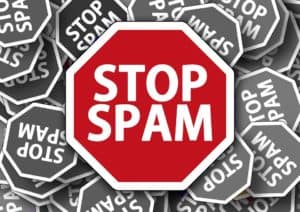"Spam Likely" refers to the caller ID label that some phones display when a call is suspected to be spam or telemarketing. This feature is designed to help users identify and avoid unwanted calls. The prevalence of "Spam Likely" has had several notable effects on call marketing and sales strategies:
